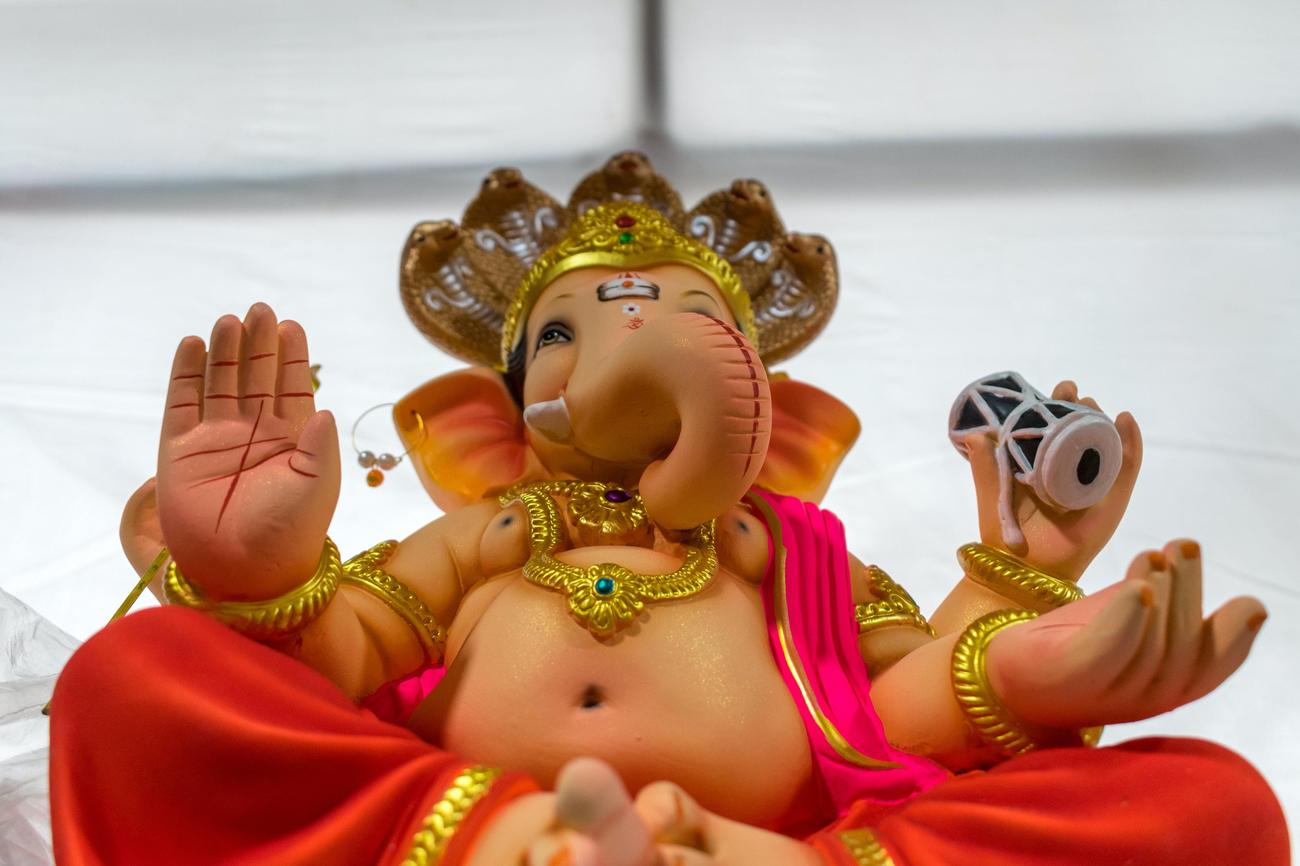Step into the vibrant and diverse world of Malawi’s culture, as we embark on a journey to uncover its hidden treasures and lesser-known traditions. Join me, an avid researcher and cultural enthusiast with years of experience in anthropology and travel writing, as we delve into the fascinating nuances that make up the rich tapestry of Malawi. From the captivating masked dances of the Tumbukas to the mesmerizing storytelling traditions of the Yao community, prepare to be dazzled by the often overshadowed but incredibly rich aspects of Malawi’s cultural marvels. Get ready to be inspired and discover the hidden gems that await in this captivating African country.

Lesser-Known Aspects of Malawi Culture
When it comes to exploring the cultural tapestry of Malawi, most people are familiar with the country’s stunning landscapes and warm-hearted people. However, beyond these well-known aspects, there lies a treasure trove of hidden gems that are lesser-known but equally captivating. In this article, we will embark on a journey to unveil the lesser-known aspects of Malawi culture, delving into the nuances and unique traditions that make this country a cultural marvel.
Exploring Malawi’s Ethnic Diversity
Malawi is home to a diverse population comprising various ethnic groups, each with its own distinct customs and traditions. From the Chewa, Lomwe, and Yao to the Ngoni, Tumbuka, and Tonga, Malawi’s cultural richness lies in the diversity of its people. But what exactly sets them apart? Let’s dive deeper.
The Chewa people are known for their Gule Wamkulu masked dances, a vibrant tradition filled with symbolism and spiritual significance. These dances, performed by initiated men, are not only a form of entertainment but also serve as a means of passing on cultural knowledge and values through storytelling.
“Unveiling the Gule Wamkulu: A mesmerizing spectacle where spirits come to life through intricately designed masks, captivating the audience and enfolding them in a world of tradition and symbolism.”
The Tumbuka people, on the other hand, have a long-standing tradition of oral literature. Their captivating storytelling skills have been passed down through generations, with tales of heroes, mythical creatures, and moral lessons being shared around campfires. These stories not only entertain but also preserve the Tumbuka people’s cultural heritage.
“Sitting by the fire, listening to the whispers of the storyteller, as they weave a rich tapestry of Tumbuka mythology and ancestral wisdom, transporting us to a world where tales ignite our imagination and connect us to the roots of a wondrous culture.”
Language: The Unifying Force and Cultural Identity
While English is the official language of Malawi, each ethnic group also speaks its own indigenous language. Language is more than just a means of communication; it is the very essence of a community’s cultural identity. Through their native tongues, Malawians express their thoughts, emotions, and deeply ingrained cultural values.
The sonorous melodies of the Yao language convey the gentle rhythm of everyday life, showcasing the unique linguistic heritage of this ethnic group. Words are like notes in a melodious symphony, telling stories of love, family, and community bonds.
“Touched by the lyrical beauty of the Yao language, every word spoken unfolds like a sweet serenade, resonating with the harmony of their culture and reflecting the depth of their ancestral wisdom.”
In the Nkhonde community, language acts as a bridge between generations, ensuring the survival of their customs and traditions. The Nkhonde language carries the weight of their history, allowing their cultural legacy to endure across time.
“In the embrace of the Nkhonde language, ancient stories are whispered from one generation to another, preserving the cultural tapestry of a community that weaves its identity in each spoken word.”
Culinary Delights: Tantalizing the Taste Buds
The lesser-known culinary wonders of Malawi reflect the diverse traditions and local ingredients cherished by each ethnic group. From the humble yet delicious nsima (a staple made from maize flour) to the mouthwatering chambo (a popular fish found in Lake Malawi), Malawian cuisine is a journey of flavors that captivate the taste buds.
The Lomwe people, with their rich agricultural heritage, have perfected the art of transforming locally grown crops into delectable dishes. Their cuisine is a celebration of fresh produce, featuring dishes like kholowa (a savory pumpkin leaf stew) and usipa (small freshwater fish) cooked to perfection.
“Taste the Lomwe’s culinary symphony: where earthy flavors dance on your palate, and each bite reveals the vibrant colors and textures of their bountiful harvest—nourishing both body and soul.”
The Tonga community presents a truly unique culinary experience. Surrounded by water, the Tonga people have mastered the art of preparing mouthwatering fish-based dishes that showcase their deep connection with Lake Malawi. Savor the flavors of kapenta (small dried fish) and mpasa (a type of tilapia) as you indulge in a sensory feast.
“In the land of the Tonga, every meal tells a story of fishermen’s courage and their symbiotic relationship with the abundant waters of Lake Malawi. Savor the flavors that echo centuries of tradition, tying together nature’s bounty and the people’s steadfast spirit.”
Celebrations: Rhythm and Dance
In Malawi, celebrations bring people together, acting as a vibrant reflection of the country’s rich cultural heritage. Music, dance, and traditional costumes become a kaleidoscope of colors and rhythms, enlivening the spirit of the people.
The Ngoni people are renowned for their exhilarating gule wamkulu masked dance. Dancers in intricate costumes, adorned with vibrant colors and symbolic decorations, create mesmerizing movements that tell stories, challenge social norms, and celebrate their ancestral history.
“Witness the Ngoni’s gule wamkulu: a synergy of movement, art, and stories. As dancers sway to the rhythms of tradition, the spirit of their ancestors is invoked, captivating spectators and transcending boundaries of time and space.”
The soul-stirring sound of mambilira, a musical instrument made from bamboo, accompanies the Sena people’s dances. Each movement, accompanied by the rhythmic beat of drums and shaking of rattles, tells tales of courage, love, and communal harmony.
“Enveloped by the soulful melodies of the mambilira, let the Sena’s dances take you on a journey—a journey where each step is a testament to resilience, their music an ode to the strength of a united community.”
As we celebrate the lesser-known aspects of Malawi culture, it becomes apparent that there is so much more to this country than meets the eye. Through exploring the diversity of ethnic traditions, the richness of language, the tantalizing flavors of Malawian cuisine, and the vibrant celebrations, we uncover a cultural tapestry that is as multifaceted as it is captivating. It is in these hidden gems that we truly appreciate the depth and beauty of Malawi’s cultural marvels.
Malawi is a country in southeastern Africa with a rich and vibrant culture. If you’re interested in learning more about the fascinating traditions and customs of Malawi, you won’t want to miss out on these Interesting Facts About Malawi Culture. Dive into the captivating world of Malawi’s tribal traditions, music, dance, and unique artistic expressions. Discover the hidden gems of Malawian cuisine and the significance of its colorful fabrics. Take a journey through Malawi’s history and gain deeper insights into the daily lives of its warm and welcoming people. Embark on this cultural expedition by clicking on this link: Interesting Facts About Malawi Culture. Let the wonders of Malawi mesmerize you as you explore its captivating cultural tapestry.

FAQ
Question 1
What are the different ethnic groups in Malawi?
Answer 1
Malawi is home to a diverse population of different ethnic groups, including the Chewa, Lomwe, Yao, Ngoni, Tumbuka, Sena, Tonga, Nkhonde, and others.
Question 2
What languages do the ethnic groups in Malawi speak?
Answer 2
English is the official language of Malawi, but each ethnic group also speaks its own indigenous language.
Question 3
What are some common ingredients in Malawian cuisine?
Answer 3
Malawi has a diverse cuisine, with each ethnic group having its own distinct cuisine. Common ingredients include potatoes, sorghum, corn, sugar, fish, and goat.
Question 4
What forms of oral literature are found in Malawi?
Answer 4
Malawi has a rich heritage of oral literature, including folktales, legends, myths, poetry, war stories, and religious texts.
Question 5
What are the popular sports and traditional dances in Malawi?
Answer 5
Football is the most popular sport in Malawi, and the country has its own national football team. Netball is also a popular game. The different tribes of Malawi have their own individual styles of music and representational dances. Common musical instruments include drums, rattles, shakers, and mambilira.
- Mastering Leader in Spanish: The Complete Guide - April 19, 2025
- Uncovering Surprising Parallels: England Size Compared to US States - April 19, 2025
- Old Mexico Map: Border Shifts 1821-1857 - April 19, 2025
















